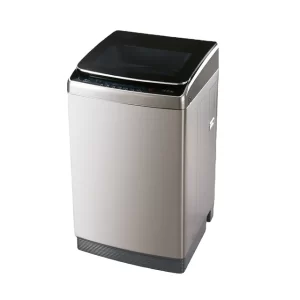How to clean washing machine drain hose without removing?
Introduction: Maintaining a Clean and Efficient Washing Machine
A clean and properly functioning washing machine is essential for efficient laundry routines. Over time, debris and lint can accumulate in the drain hose, leading to blockages and potentially causing drainage issues. While it’s recommended to periodically remove and clean the washing machine drain hose, there are methods to tackle the task without removal. In this comprehensive guide, we will explore different techniques for cleaning the washing machine drain hose without removing it. From using vinegar and baking soda to employing a plumber’s snake, you’ll discover ways to keep your drain hose clear and maintain a well-functioning washing machine.
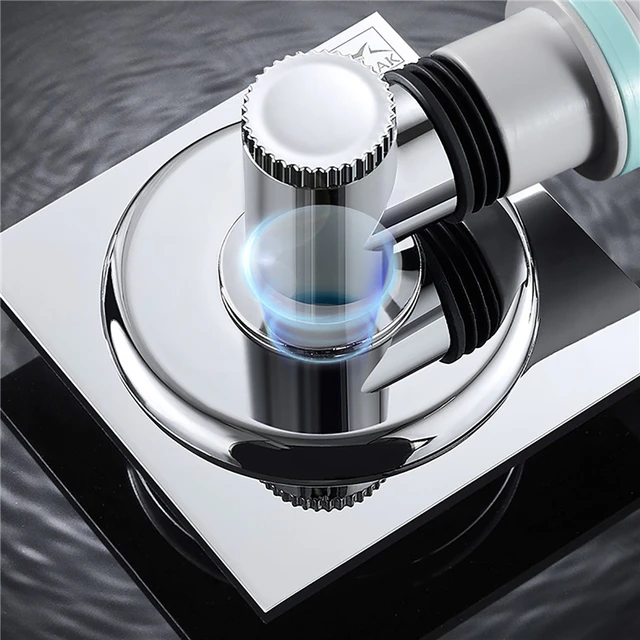
Clearing the Path: Cleaning Your Washing Machine Drain Hose Without Removal
-
Understanding the Importance of a Clean Drain Hose
a. Preventing blockages: A clean drain hose allows for smooth water flow, preventing blockages and ensuring proper drainage during the wash and rinse cycles. This helps maintain optimal washing machine performance.
b. Avoiding foul odors: Accumulated debris in the drain hose can lead to unpleasant odors that may transfer to your freshly washed laundry. Regular cleaning helps eliminate odors and keeps your clothes smelling fresh.
c. Extending the lifespan of your washing machine: Keeping the drain hose clear helps prevent stress on the washing machine’s pump, reducing the risk of damage and prolonging its lifespan.
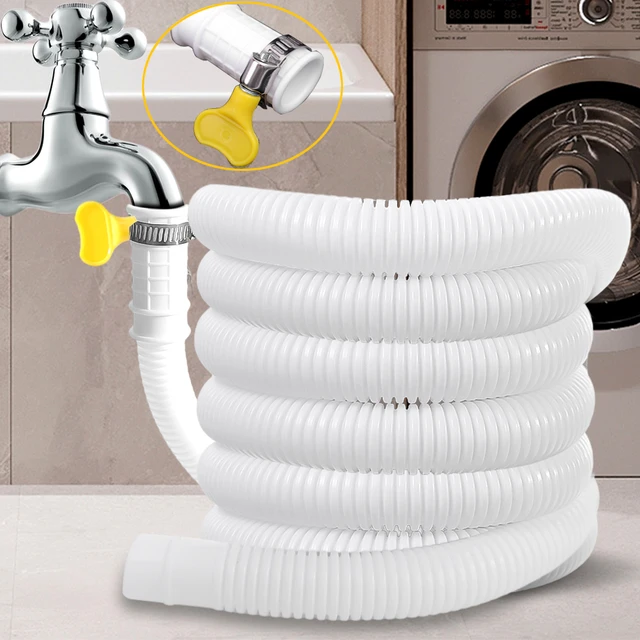
-
Cleaning the Drain Hose with Vinegar and Baking Soda
a. Gathering the materials: For this method, you’ll need distilled white vinegar, baking soda, a bucket or large basin, and a funnel.
b. Preparing a vinegar solution: Create a vinegar solution by mixing equal parts distilled white vinegar and warm water. This solution will effectively break down grime and remove any lingering odors.
c. Pouring the solution into the drain hose: Place the funnel into the opening of the drain hose and slowly pour the vinegar solution into the hose. Ensure that the entire hose is filled, allowing the solution to reach all areas where buildup may have occurred.
d. Allowing the solution to soak: Let the vinegar solution sit in the drain hose for approximately 15-30 minutes. This step helps break down accumulated debris and allows the vinegar’s acidity to work its magic in dissolving grime.
e. Adding baking soda: After the vinegar solution has soaked in, pour half a cup of baking soda into the drain hose. The combination of vinegar and baking soda creates a fizzing reaction that helps dislodge and remove stubborn residue.
f. Preventing overflow: To avoid any overflowing of the mixture, gently place a cloth or rag over the opening of the drain hose. This will contain the fizzing reaction within the hose.
g. Flushing with water: After the fizzing reaction subsides, flush the drain hose thoroughly with hot water. You can do this by running a hot water cycle on your washing machine or by pouring hot water into the drain hose using a bucket or basin. The hot water helps flush out loosened debris and residue.
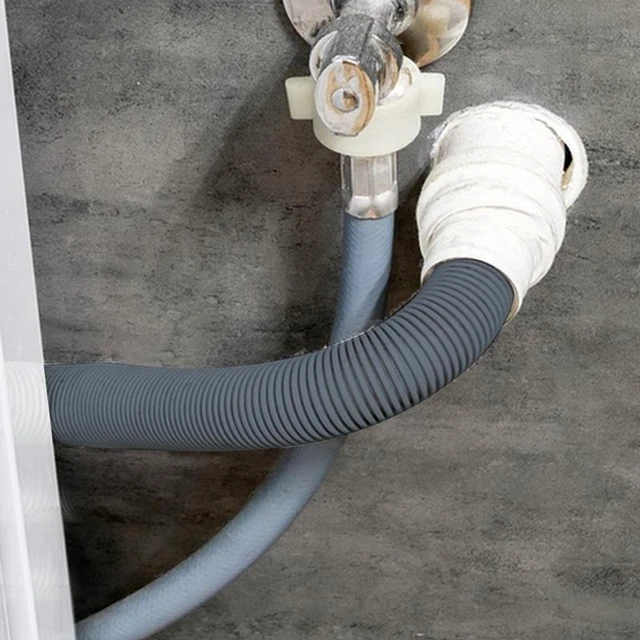
-
Using a Plumber’s Snake to Clear the Drain Hose
a. Acquiring a plumber’s snake: Purchase or borrow a plumber’s snake, also known as a drain auger, from a hardware store. Ensure that the snake has a flexible and long enough auger to reach deep into the drain hose.
b. Preparing the area: Before inserting the plumber’s snake, protect the surrounding floor with towels or a plastic sheet. This helps contain any water or debris that may be dislodged during the process.
c. Inserting the snake into the drain hose: Gently insert the plumber’s snake into the drain hose, maneuvering it through any curves or bends. Slowly and carefully push the snake into the hose, exerting gentle pressure to break up any clogs or blockages.
d. Rotating the snake: Once the snake is inserted, rotate the handle clockwise to guide the auger further into the drain hose. The spiral motion of the auger helps dislodge and break apart any accumulated debris.
e. Removing the snake: Carefully retract the snake from the drain hose by rotating the handle counterclockwise. As you remove the snake, clean off any debris or residue that may have collected on its surface.
f. Flushing with water: After the snake has been removed, flush the drain hose with hot water to rinse away dislodged debris. This ensures that any loosened residue is completely flushed out of the hose.
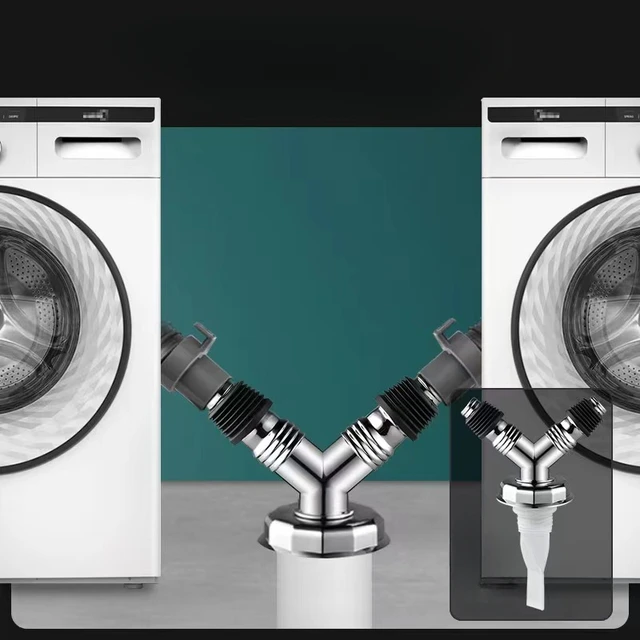
-
Regular Maintenance Tips for a Clean Drain Hose
a. Frequent lint removal: Regularly clean the lint filter of your washing machine to prevent excess lint from entering the drain hose. This simple step helps prevent clogs and maintains a clear passage for water flow.
b. Reduce detergent usage: Excessive detergent usage can contribute to residue buildup in the drain hose. Follow the manufacturer’s guidelines for detergent amounts to avoid oversudsing and unnecessary buildup.
c. Perform monthly maintenance: Schedule a monthly maintenance routine to keep your drain hose clean. Whether it’s using the vinegar and baking soda method or employing a plumber’s snake, regular cleaning helps prevent major blockages and ensures optimal performance.
d. Inspect the drain hose: Periodically inspect the drain hose for any signs of damage, such as cracks or leaks. Replace the hose if necessary to avoid potential water damage and maintain the integrity of your washing machine.
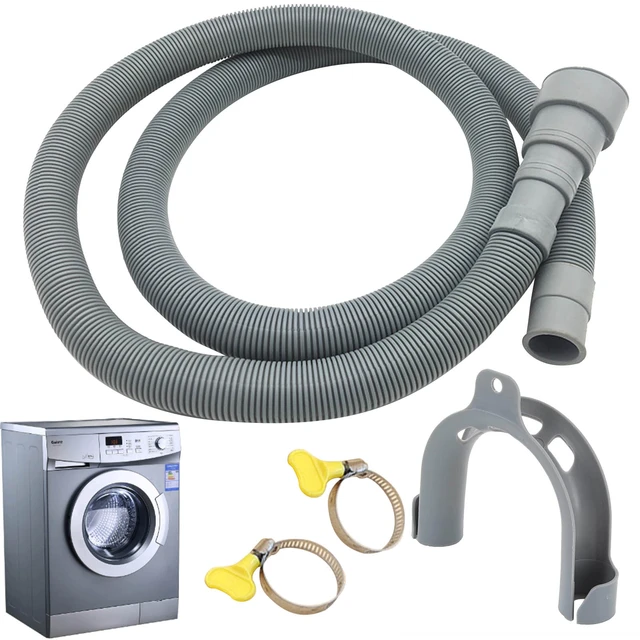
Conclusion: Maintaining a Clear Path for Optimal Washing Machine Performance
Cleaning the drain hose of your washing machine is a vital part of regular maintenance to ensure smooth water flow and prevent blockages. While removing the drain hose for cleaning is recommended, there are techniques to clean it without removal. Whether you choose the vinegar and baking soda method or opt for a plumber’s snake, these methods effectively remove debris and build-up to maintain a clean and efficient washing machine.
Regular maintenance, including lint removal, using the appropriate amount of detergent, and performing monthly cleaning routines, helps prevent blockages and extend the lifespan of your washing machine. By keeping a clear path in your drain hose, you can enjoy hassle-free laundry routines and maintain optimal washing machine performance for years to come.
